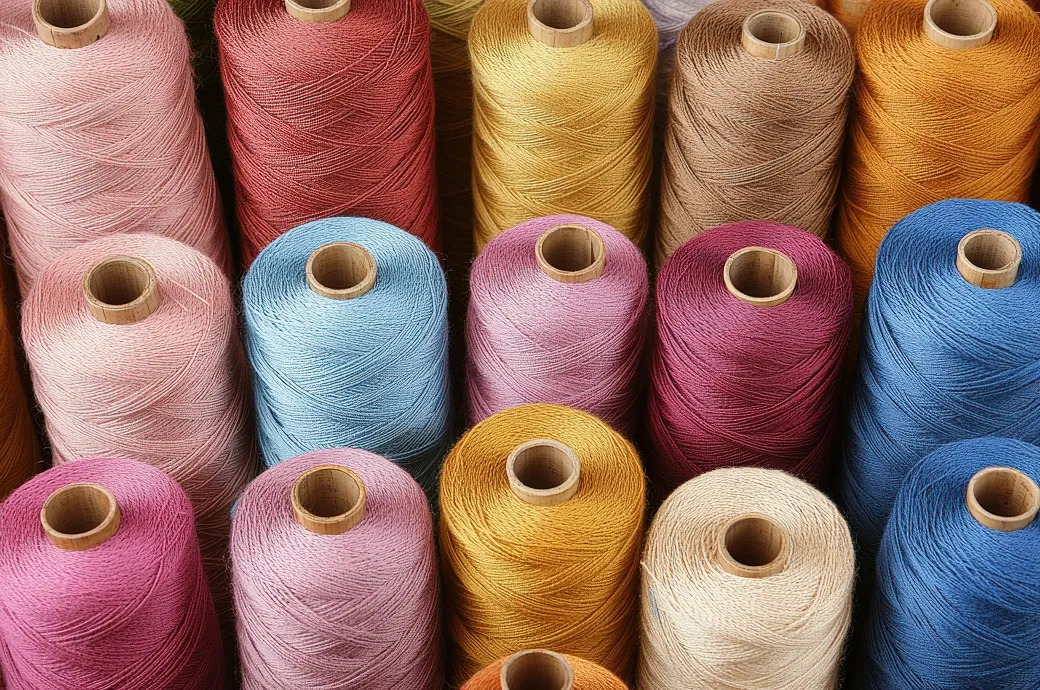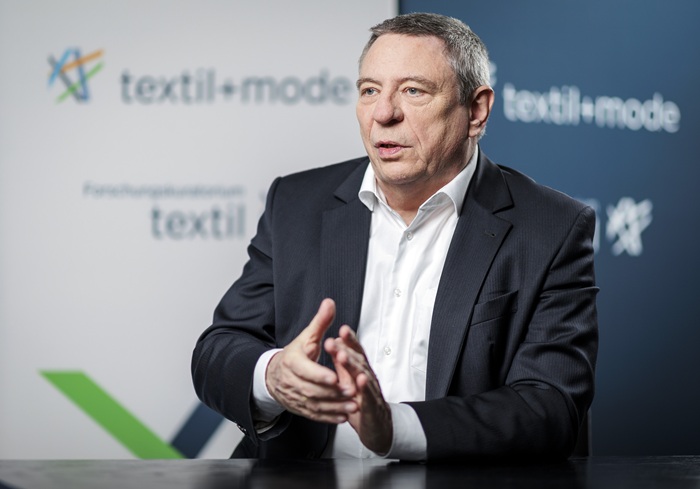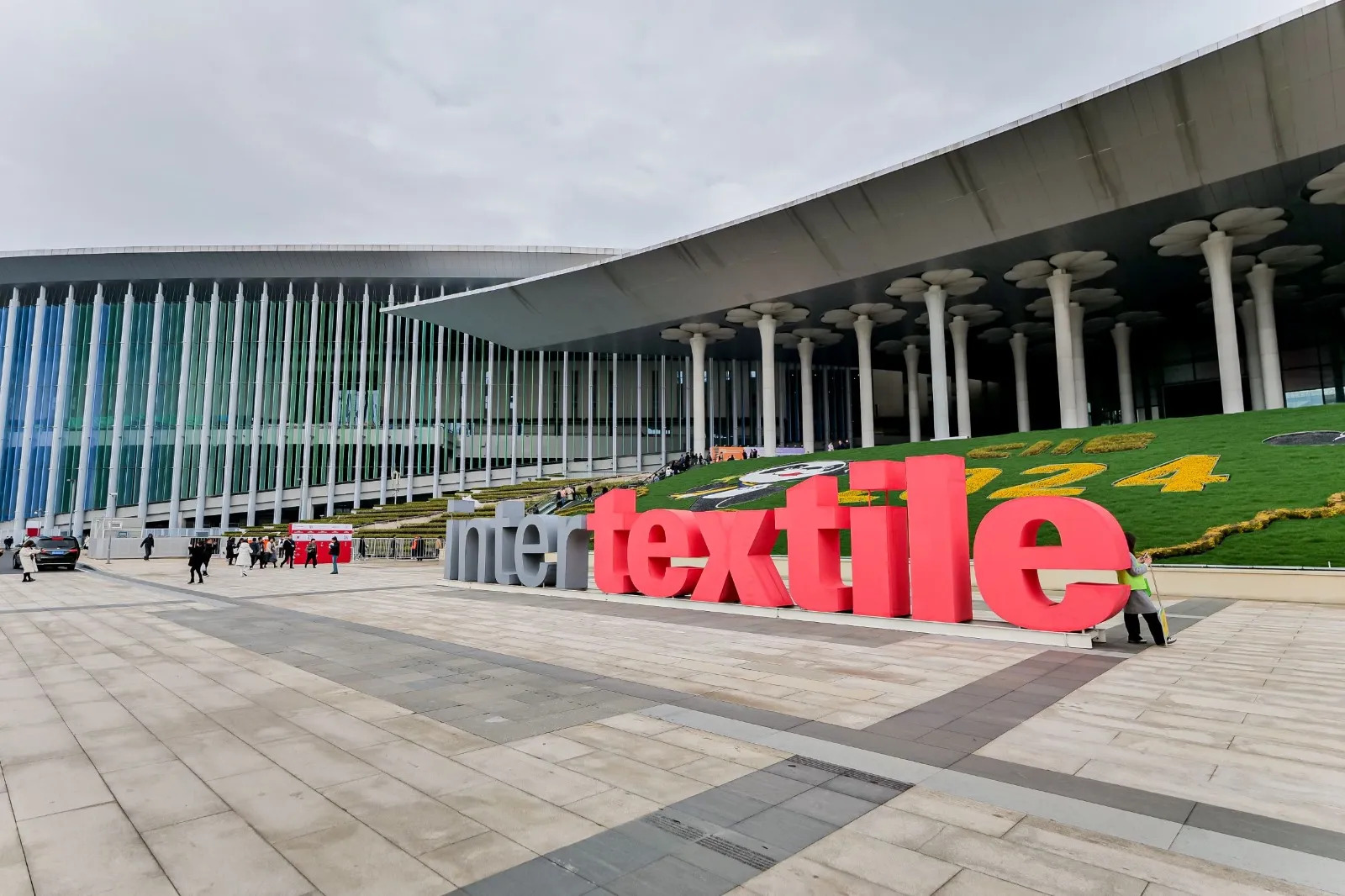FW
With the advent of Rohan Batra, Managing Director of Mumbai-headquartered Cravatex Brands, which has the license to sell Fila products in India, fortunes are turning in the company’s favour.
Fila saw sedated growth compared to its much illustrated contemporaries like Adidas and Puma.
In 2014, Fila devised a new strategy by looking at the product mix, closed down outlets that were adding no value to the brand experience, exiting some of the footwear categories, created a design department that was edgy, and adding a lot of global products that were not available earlier in the country.
This has resulted in doubling of the average maximum retail price, increase in average margin delivery, improved profits and modernised products
Fila is present in India since 1970s
Russia plans to allocate up to 250 million dollars in the design and production of nonwovens and technical textiles for the needs of the Russian military forces during the next several years.
The majority of funding for the project will be provided from the Russian military budget. Most of the funds will be invested in the design of special materials, based on technical textiles, which will be used in the production of military uniform clothing and other military equipage for Russian soldiers, including those who are currently deployed in Syria and other Middle Eastern states.
The enterprises that will participate in the project are Russia’s largest producers of technical textiles and nonwovens, which have previously supplied their products to Western markets, European, in particular.
The project also involves acceleration of R&D activities in the industry, involving some of Russia’s leading research institutions in the field of technical textiles and nonwovens as well as the country’s leading technical universities.
In recent years, Russian military and defense has become one of the largest consumers of nonwovens and technical textiles in Russia. This has provided a significant impetus for the industry and created conditions for its further growth.
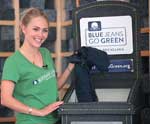 When denim is worn out, consumers tend to dump old clothes but now denim makers have a new way of reusing used denim. The Blue Jeans Go Green denim recycling programme gives new purpose to old denim. Roian Atwood, Director – Sustainability, Wrangler points out that in 2017, the company contributed more than 43,000 pounds of denim, which produced over 80,000 sq. ft of insulation. In 2006, Cotton Incorporated started the program to help divert denim from landfills. Since then, more than two million pieces including jeans, shorts, skirts, jackets, dresses, and shirts, have been collected and turned into housing insulation.
When denim is worn out, consumers tend to dump old clothes but now denim makers have a new way of reusing used denim. The Blue Jeans Go Green denim recycling programme gives new purpose to old denim. Roian Atwood, Director – Sustainability, Wrangler points out that in 2017, the company contributed more than 43,000 pounds of denim, which produced over 80,000 sq. ft of insulation. In 2006, Cotton Incorporated started the program to help divert denim from landfills. Since then, more than two million pieces including jeans, shorts, skirts, jackets, dresses, and shirts, have been collected and turned into housing insulation.
UltraTouch Denim Insulation is created through a partnership with Bonded Logic Inc. To create this insulation, denim garments are collected. Zippers, buttons and embellishments are removed. The denim is returned to its natural cotton fibre state and then it’s upcycled into denim insulation. So far, more than 4 million sqft of insulation has been manufactured from the Blue Jeans Go Green programme. With this initiative, more than 1,000 tons of denim garments have been kept from being sent to landfills. Looking at the success rate, big giants such as Holt Renfrew, Madewell, Rag & Bone, and J. Crew, have also partnered with the move. At each store, when used denim is dropped, the customer receives a dollar or a percentage towards buying something new from the denim range. So far, Madewell alone has collected close to 300,000 pairs of jeans, and as a result more than 300 Habitat for Humanity homes have been built with insulation made from the pre-worn denim. The homes were built in cities that included New Orleans, Charleston, and Los Angeles.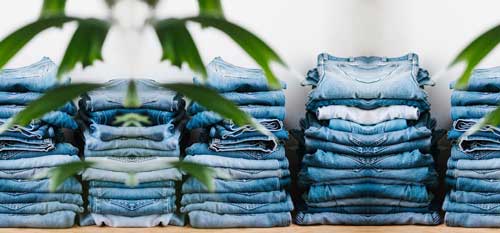
Wrangler is the recent partner to the program. Currently, the company collects denim scraps, material and products from its internal manufacturing, product development and distribution centres. Atwood observes if customers want to mail in their old denim to headquarters, the company will include it in its recycling programme. In 2018, Wrangler is working together with the Blue Jeans Go Green programme to provide 130,000 sqft of the sustainable denim insulation to All Hands and Hearts – Smart Response for its rebuild effort after Hurricane Harvey.
Upcycling & recycling
The Cotton Council International (CCI) and Cotton Incorporated Global Environment Survey, revealed about three out of four consumers or more say they recycle (82 per cent), use refillable bottles (74 per cent) and purchase energy-saving appliances (72 per cent) in an effort to protect the environment. That’s followed by consumers who say they limit home water usage (69 per cent), recycle clothing or textiles (65 per cent), purchase local made products (62 per cent), and reduce overall consumption (55 per cent).
Besides retailers and manufacturers, Cotton Incorporated’s Blue Jeans Go Green programme has partnered nearly 60 colleges and universities across the country and collected more than 200,000 pieces of denim along the way. Atwood says the company is excited for the possibilities of engaging consumers in the programme. The company has already been insulating homes in Lumberton, NC, post-Hurricane Matthew, and All Hands has already been using the denim insulation for houses and schools in northeast Houston.
VF Corporation is approaching sustainability from the ground up.
It is making progress in ethical sourcing in its supply chains. VF set up the Responsible Down Standard for the treatment of ducks and geese with the non-profit organisation Textile Exchange and works in accordance with the Paris Agreement on climate change, which aims to keep a global temperature rise to less than 2ºC.
Its sustainability strategy, Made for Change, consists of three main pillars: transitioning to a circular economy and business model whereby resources are reused in a cycle rather than disposing of them – for example, recycling fabric from old products to create new garments, using its scale to drive wider industry change, and empowering consumers to live more sustainable lifestyles.
VF is committed to training designers in circular economy principles by 2020, and to a ten per cent increase in quantity of product that it collects through its payback program in The North Face and Timberland stores in the same time period. This scheme encourages shoppers to recycle their old clothing or shoes at in-store drop-off points. So far 4,700 kg of clothes have been recycled via The North Face stores.
Sustainability is becoming a business strategy, an urgent and pressing priority for brands and for the industry. They need to stay relevant to consumers and be competitive in an increasingly eco-conscious market.
MEIS rates on handicraft products have been raised from five to seven per cent. These include attars, candles, jewelry boxes, wooden frames, statues, handmade paper, handmade lace, shawls, scarves, kohlapuri slippers, bangles, glass art ware, articles of brass, aluminium etc. The move will help handicraft exporters recover some of the input costs involved in production of handicrafts and would also encourage them to have competitive pricing and increase their share in exports.
Indian handicrafts exports declined 6.05 per cent in 2017-18. The textile and handicrafts industry constitutes an important segment of the Indian economy. It is one of the largest employment generators after agriculture. The sector employs about seven million people. The sector is strategic from the point of view of low capital investment, high ratio of value addition, and high potential for export and foreign exchange earnings for the country.
It is estimated that out of the total number of persons employed in handlooms, handicrafts, and sericulture, about 50 per cent are women. There are more women in the household industry than in the registered small scale or cottage units. However, in the organised sector, the percentage of women workers is extremely low, with the exception being garmenting.
Kitex Garments, one of the largest producers of children's apparel in the world, will invest Rs 200 crore each in two of its new wholly owned subsidiary companies. These two facilities will help to increase the manufacturing capacities of the company to meet rising future demand. Kitex will invest in the facilities from borrowings and internal accruals and will engage KPMG in total implementation of the project, adding to its revenue growth.
Kitex Garments exports about 95 per cent of infant wear to the United States and the rest to Europe. The company also engages in contract manufacturing for private labels such as: Jockey, Carter, Babies R Us, Gerber and Mothercare. the company’s net profit dropped 44.59 per cent to Rs 17.62 crore on 2.42 per cent fall in total income to Rs 145.88 crore in Q3 December 2017 over Q3 December.
Cotton Incorporated has created an online materials library that demonstrates the diversity of cotton denim applications as part of its mission to increase demand for the natural fiber. In woven, photos of non-traditional looks like jacquard floral prints with indigo warp and natural filling and laser-etched effects are showcased. Plain weaves with end-on-end warp and pick filling also make an appearance, giving a modern twist to chambray, with details like laser-etching in a subtle dot and dash camouflage pattern.
Mills that make cotton fabrics and yarn can utilize the photo collection to portray the various constructions and techniques that can be applied to their product. There’s also a twill fabric with a natural warp and indigo boucle yarn in the filling that offers an indigo alternative to denim or other bottom weight fabrics with surface texture, and a French Terry indigo denim laser marked with an irregular diamond pattern. Also trendy are mercerized indigo denims embossed with patterns and then hand-sanded in garment form.
An indigo knits collection features the textural quality of the fabric in combination with ring-dyed indigo. There are laser-marked jerseys and French terries. A striated look is achieved in garment processing due to the textured slub yarn in the fabric. Cotton Incorporated is a research and promotional organization funded by US cotton producers and importers of raw cotton and cotton textiles.
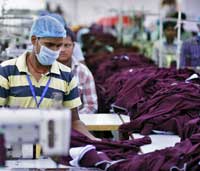 There has been a contraction in the Indian workforce between 2013-14 and 2015-16.About 1.2 million jobs were lost and total employment was down from 483.9 million to 482.7 million.
There has been a contraction in the Indian workforce between 2013-14 and 2015-16.About 1.2 million jobs were lost and total employment was down from 483.9 million to 482.7 million.
This ties in with the poor growth in sectors such as exports during this period. Countries with more practical labor laws such as Bangladesh have been growing their share in the global textile market at India’s cost.
India is fast losing its competitive edge in exports and enterprises at home are increasingly automating operations. But critical labor reforms are pending.
Companies, even smaller establishments, need to be able to hire and fire, or they will simply stop relying on permanent work-forces.
The crucial labor code on industrial relations—already diluted to pacify labor unions—is now unlikely to see the light of the day. Earlier it was said companies would be allowed to lay off 300 workers without approval but later the level of 100 workers was persisted with.
Instead the concept of a statutory minimum wage could soon become law. As would a universal social security scheme and changes that relate to more benefits for workers without hire-and-fire.
At a time when the economy has been slowing, business enterprises should be allowed to easily hire.

Uzbekistan’s textile industry is still young and largely focused on cotton farming and spinning.But developing the entire textile value chain will not happen overnight.
While the Belt and Road Initiative will open up opportunities for Uzbek textile entrepreneurs, it could also bring in a deluge of textile and apparel products into the country, which could well thwart the growth of its fledgling industry.
For its textile and apparel industry, its best bet is to identify and produce high value added, sustainable, functional textiles, rather than conventional textiles which are already being manufactured successfully and competitively by Turkey, China, Bangladesh and Vietnam. It is these high value added textiles that will find a niche market in Europe.
The country's GDP should grow by six per cent this year. Textile has been identified as a priority sector. The country has a number of cotton spinning mills, many of which have been set up with foreign investments, especially from China.
The plan is to reduce the export of raw cotton and increase processing in the domestic market.
Uzbekistan is the sixth largest cotton producer in the world. Its raw cotton exports account for 28 per cent of the country's total textile exports. Cotton yarn exports account for 44 per cent of total textile exports.
The Trump administration’s proposed tariffs on $50 billion of Chinese imports, coupled with retaliation promised by China, would reduce U.S. gross domestic product by nearly $3 billion and destroy 134,000 American jobs, according to a new study by the National Retail Federation and the Consumer Technology Association.
The study warns that imposing tariffs on an additional $100 billion of Chinese imports would further destroy 455,000 American jobs and reduce the country’s GDP by $49 billion.
Although the levy of these tariffs would impact several sectors of the US economy, agriculture would be the worst hit with the net income of the farmers declining by 6.7 per cent.
It would also result in the loss of 67,000 agriculture jobs. And the hit to farmers would more than double if the tariffs expanded to an additional $100 billion of products.


